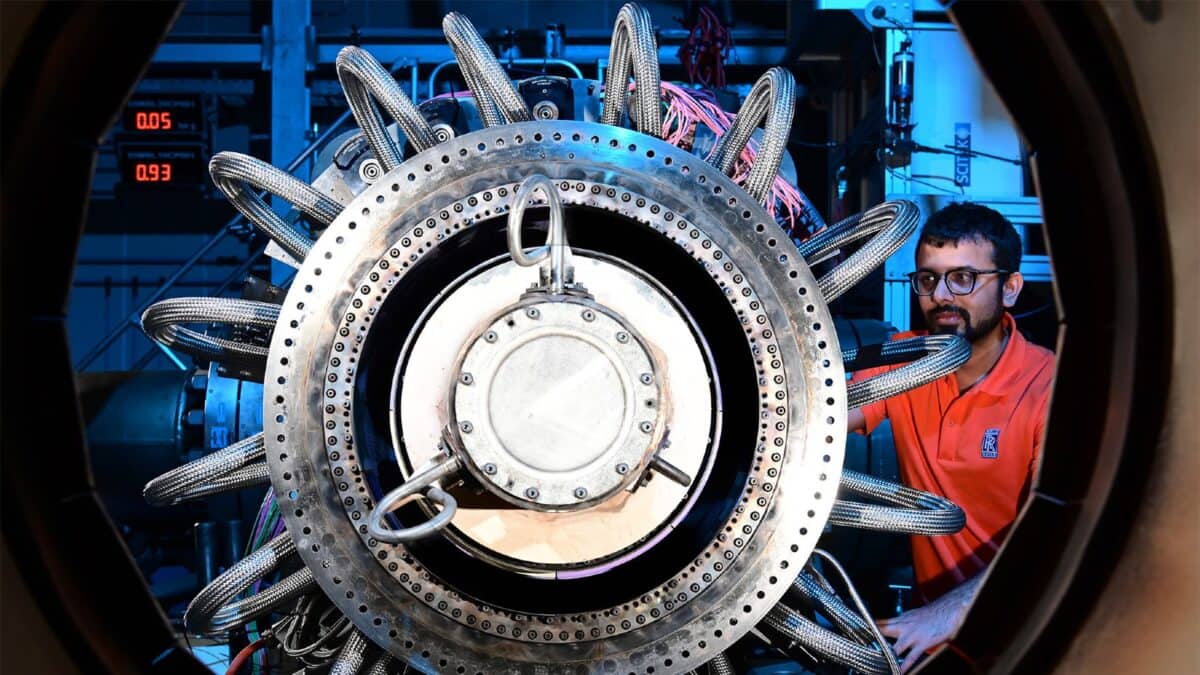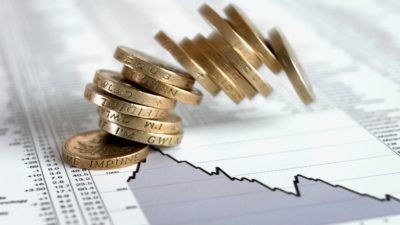Rolls-Royce’s (LSE: RR) share price has soared 96% from its 11 December 2023 12-month traded low of £2.89.
My key question after such a jump is: can there be any value left in the stock?
How does the valuation look right now?
I always use two basic elements to determine whether a stock is fairly valued.
Should you invest £1,000 in Barclays right now?
When investing expert Mark Rogers has a stock tip, it can pay to listen. After all, the flagship Motley Fool Share Advisor newsletter he has run for nearly a decade has provided thousands of paying members with top stock recommendations from the UK and US markets. And right now, Mark thinks there are 6 standout stocks that investors should consider buying. Want to see if Barclays made the list?
The first is a group of key measures I have used and trusted for over 35 years. These indicate a share’s current value relative to the shares of comparable companies.
The second is the discounted cash flow (DCF) method. This shows a stock’s current value relative to where it should be based on future cash flow forecasts.
On the first set of measures, Rolls-Royce trades at a price-to-earnings ratio of 21.3. This is significantly undervalued compared to the 33.1 average of its competitors. The same is true of its 2.8 valuation on the price-to-sales ratio against its competitors’ average of 3.6.
The DCF analysis of Rolls-Royce puts a value on where the shares should be trading now. Specifically, it shows the stock to be 49% undervalued at its current £5.90 price. Therefore, a fair value for the shares would be £11.08, although they may never reach that point. That said, they could also soar above it.
Does the business outlook support this view?
There are risks in all businesses, of course, and Rolls-Royce is no different. The primary one in my view is any major recurrence of questions over the reliability of its new engines.
On 2 September, there was an in-flight failure in a Cathay Pacific A350-1000 Rolls-Royce XWB-97 engine. The European Union Aviation Safety Agency concluded the failure may not have been a structural flaw in the engine nozzle. However, any further incidents may begin to damage the firm’s reputation and ultimately its profits.
Yet there continues to be a stream of positive developments coming from the firm. The most recent of these was 4 December’s announcement that it will benefit from a £1bn investment by Qatar in energy transition technology.
The deal centres on using Rolls-Royce’s technology to improve energy efficiency in companies operating in both countries, focusing on start-ups. It will also support the development of new sustainable fuels.
What do the numbers look like going forward?
Qatar was also an early investor in Rolls-Royce’s small modular reactor (SMR) nuclear programme. And on 24 September, the UK government announced that it has shortlisted Rolls-Royce as one of four companies for its own SMR initiative.
Industry forecasts are for the global SMR market to reach $72.4bn by 2033 and $295bn by 2043. This represents a compound annual growth rate of 30% during this period.
On 1 August, Rolls-Royce upgraded its 2024 guidance, with underlying operating profit expected to be £2.1bn-£2.3bn against the previous £1.7bn-£2bn. And the free cash flow forecast is now £2.1bn-£2.2bn from the earlier £1.7bn-£1.9bn.
Looking further ahead, the company forecasts underlying operating profit of £2.5bn-£2.8bn by 2027 and free cash flow of £2.8bn-£3.1bn by then.
If I did not already have a stock holding in the same sector (BAE Systems) I would buy Rolls-Royce shares today. It has tremendous growth prospects, in my view, which should power its price much higher over time.








